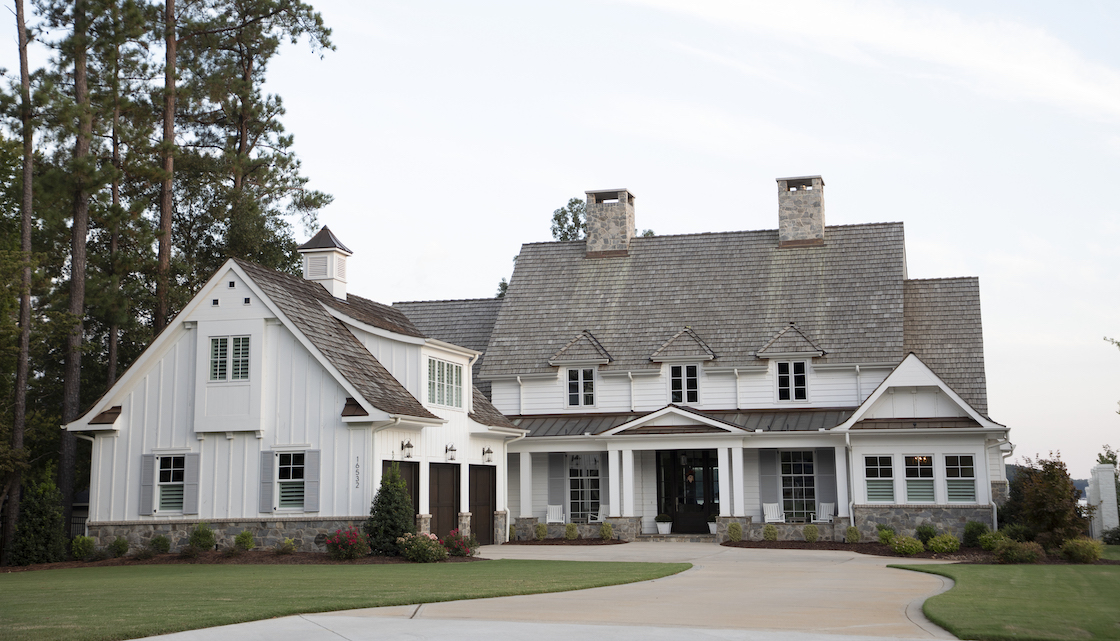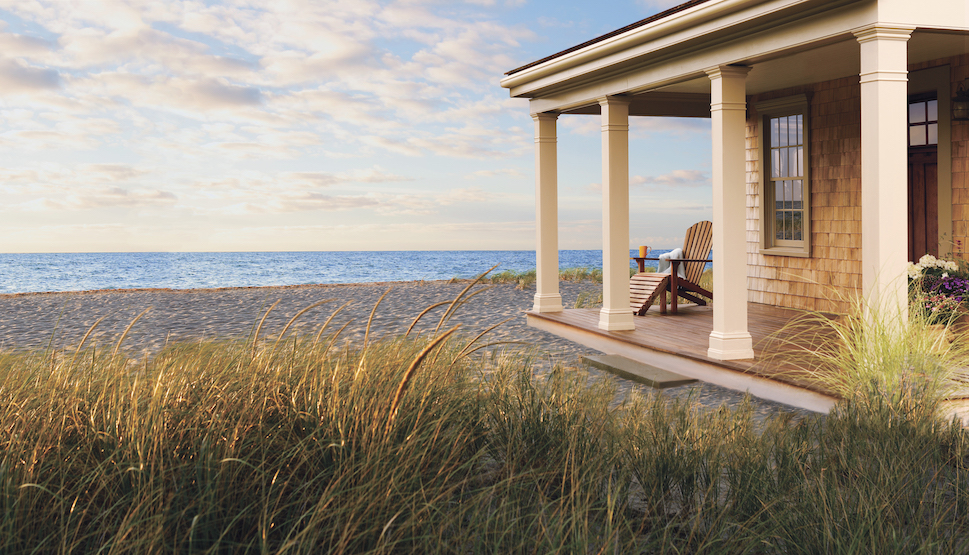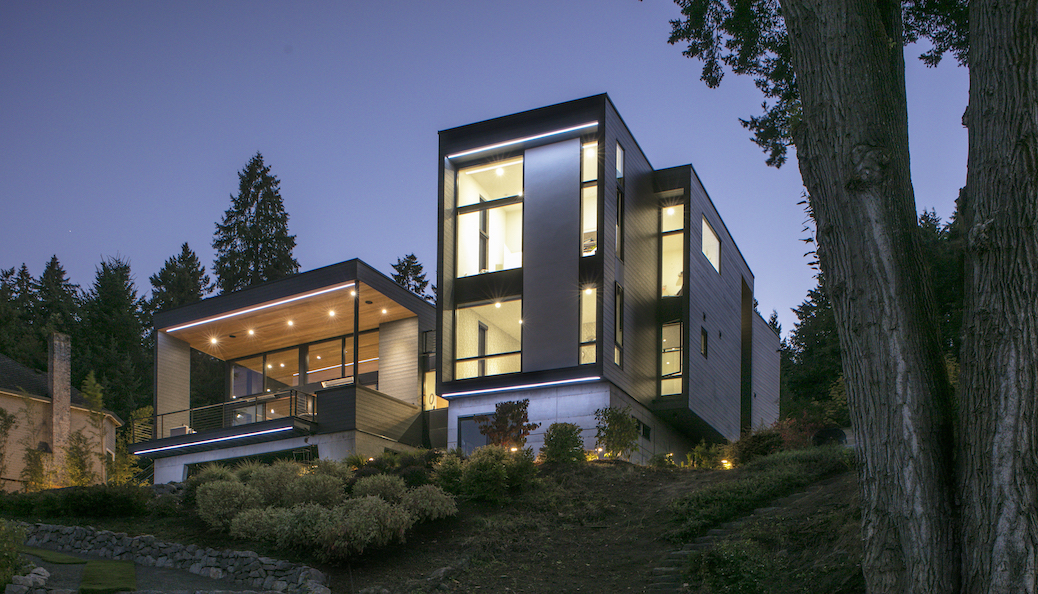Keeping occupants safe and sound when the power goes out
Whether caused by storms, wildfires, or something else, power outages are a fact of life. While the majority are inconvenient, extreme events can sometimes knock electricity out for weeks. Building homes for passive survivability helps keep occupants safe and comfortable during periods of power outages.
A remodeling project is an opportunity to counsel clients on features that improve the home’s resiliency and stays comfortable for days without power. “It’s called passive survivability,” says Alex Wilson, president of the Resilient Design Institute in Brattleboro, Vt. “It’s about designing and building homes that remain habitable if they lose power.”
The basics aren’t complicated. They include a super-efficient envelope with good insulation and air sealing. High-performance windows that take advantage of passive solar gain and natural ventilation are key to resilient homes built for passive survivability. Solar panels and home batteries further improve a home’s resilience during an outage.
Sealing the Envelope
Of course, how much of this you can do on a remodel will depend on the project scope.
“Our first priority is to improve air-sealing in areas like attics, and basements where energy improvements provide high value with low disruption,” says Matt Coffey, one of five staff architects with South Mountain Company, an architecture, building and energy company in West Tisbury, Mass. whose business includes deep-energy retrofits.
“Then we look around the house,” he says. “If the siding or roofing needs replacing, that’s an opportunity to add an inch or two of external rigid foam insulation. If the old R-3 windows are on their way out, there’s a chance to replace them with a product with R-5 or better insulation values.”

Courtesy of JELD-WEN
Resilient Design
If the power goes out, insulation, air sealing and high-performance windows will help keep the home habitable without power.
In parts of the country subject to windborne debris during hurricanes, such as South Florida and the Gulf Coast, upgrading to impact-resistant windows reduces the chance of a breach that would let wind and water through. Air pressure cycling during a hurricane can pull windows from their openings, so make sure to use the clips or bolts required by the manufacturer.
Resilient design earns its keep on a day-to-day basis. Making an exterior more waterproof will reduce maintenance costs and make the home less prone to mold and mildew. Details such as better insulation, air sealing and energy-efficient windows lower monthly energy bills.
For homeowners who want greater resiliency, a single home battery will keep basic lighting, a refrigerator/freezer, and the furnace or heat pumps going for 8-12 hours during an outage. Adding solar panels that charge the battery can extend that indefinitely.
For design and planning resources for windows and doors that contribute to resilient homes, visit JELD-WEN’s professional portal.



